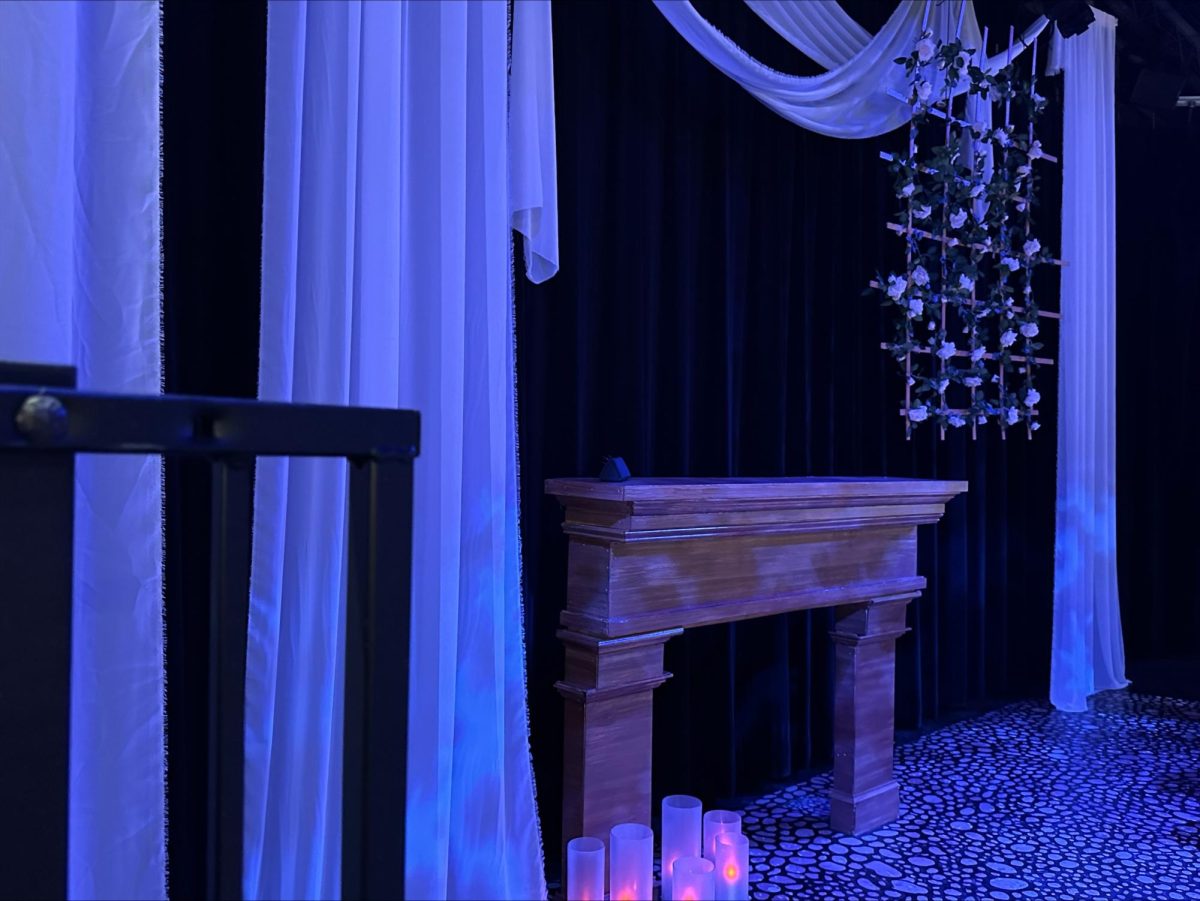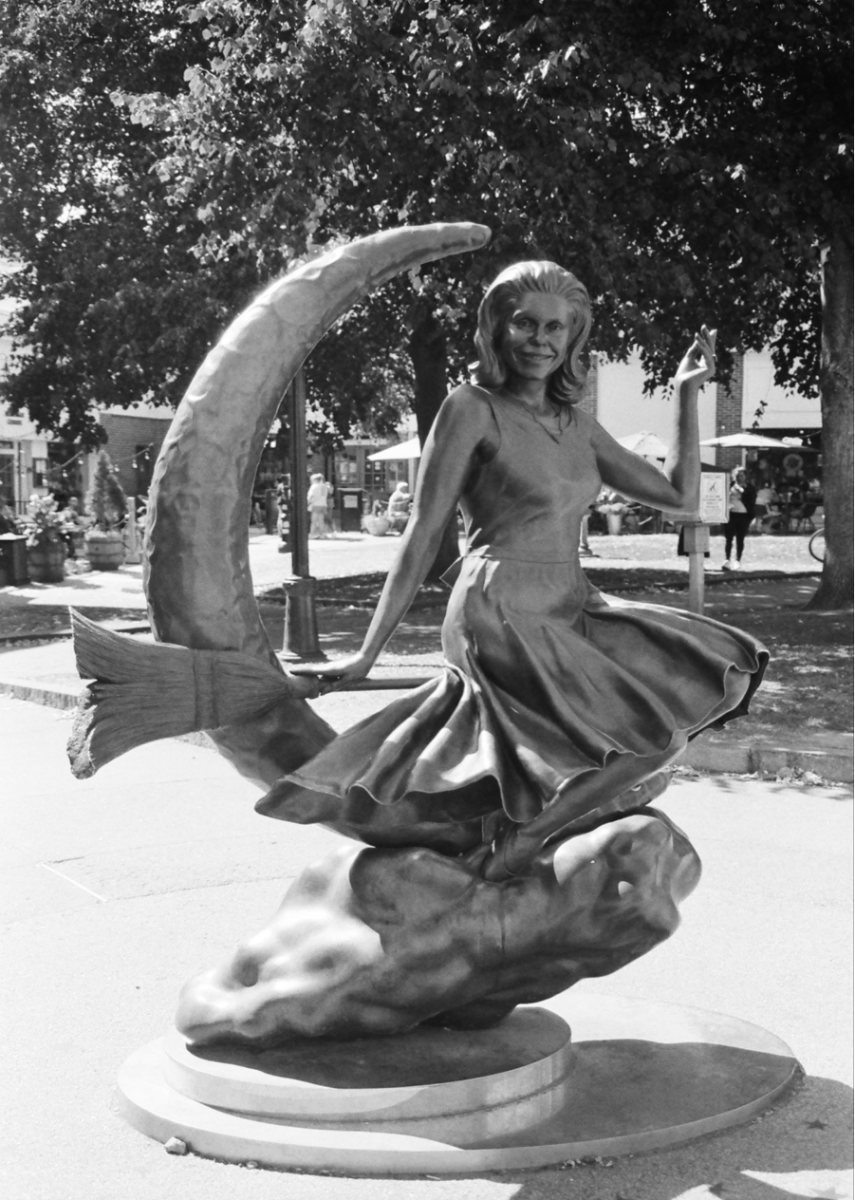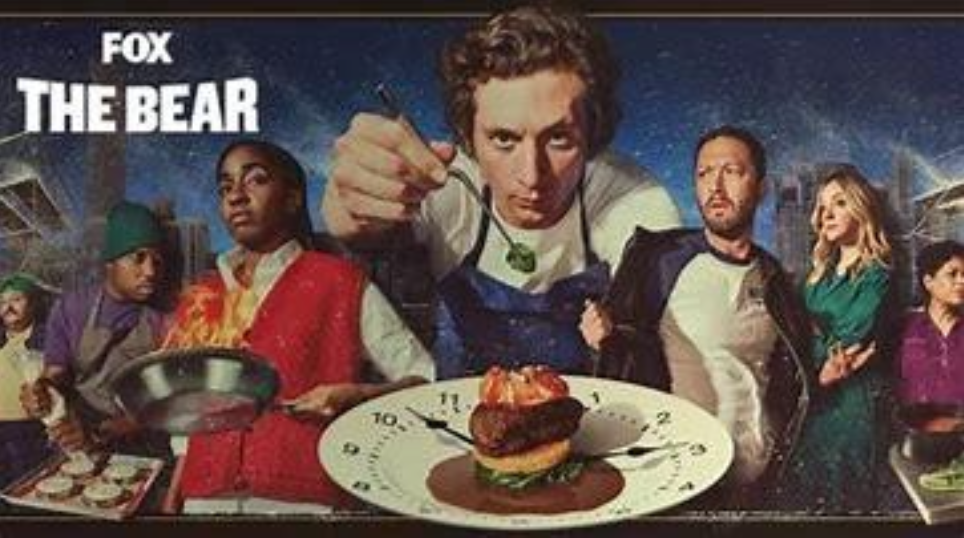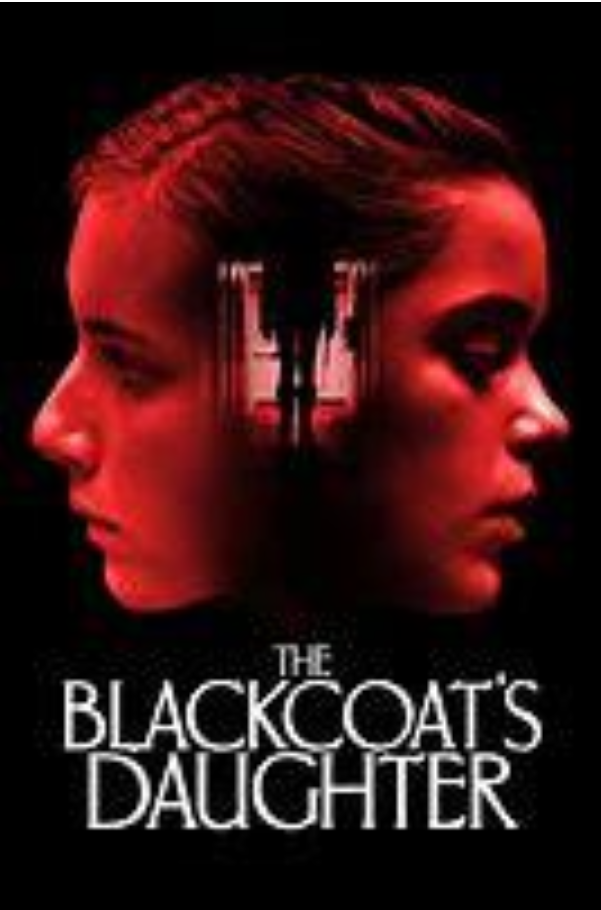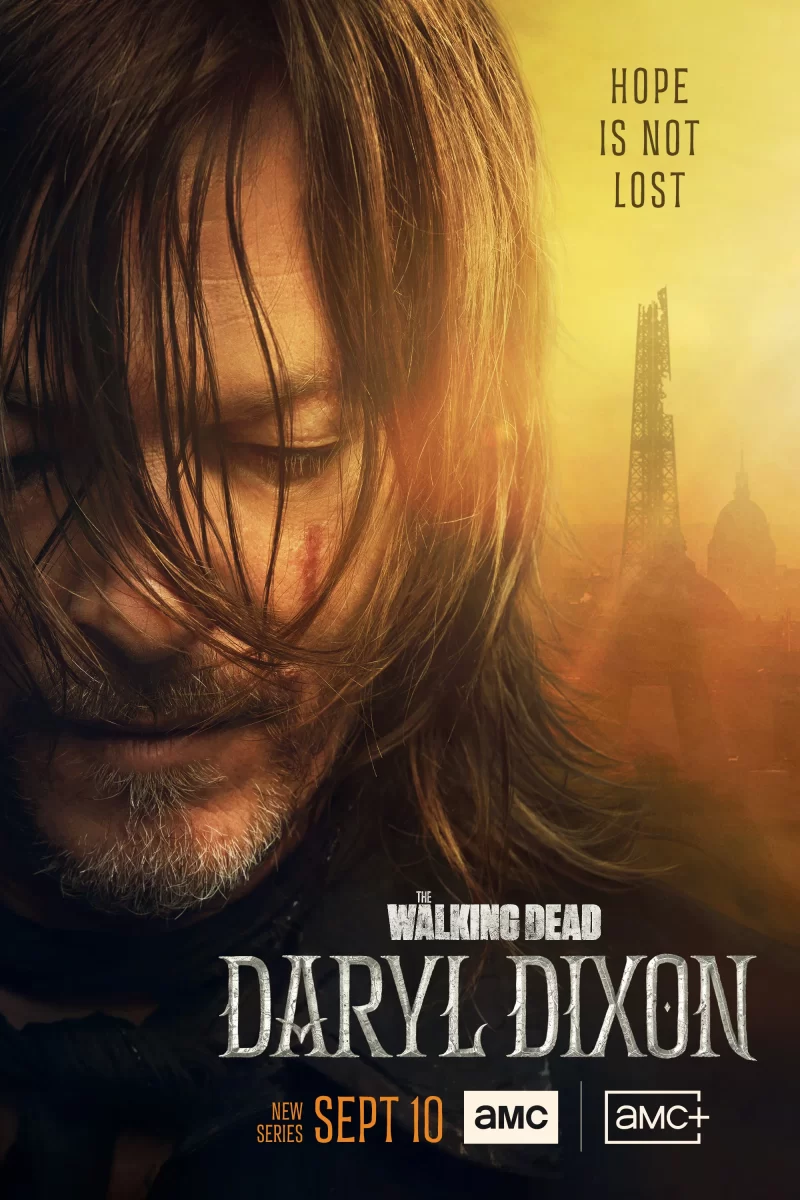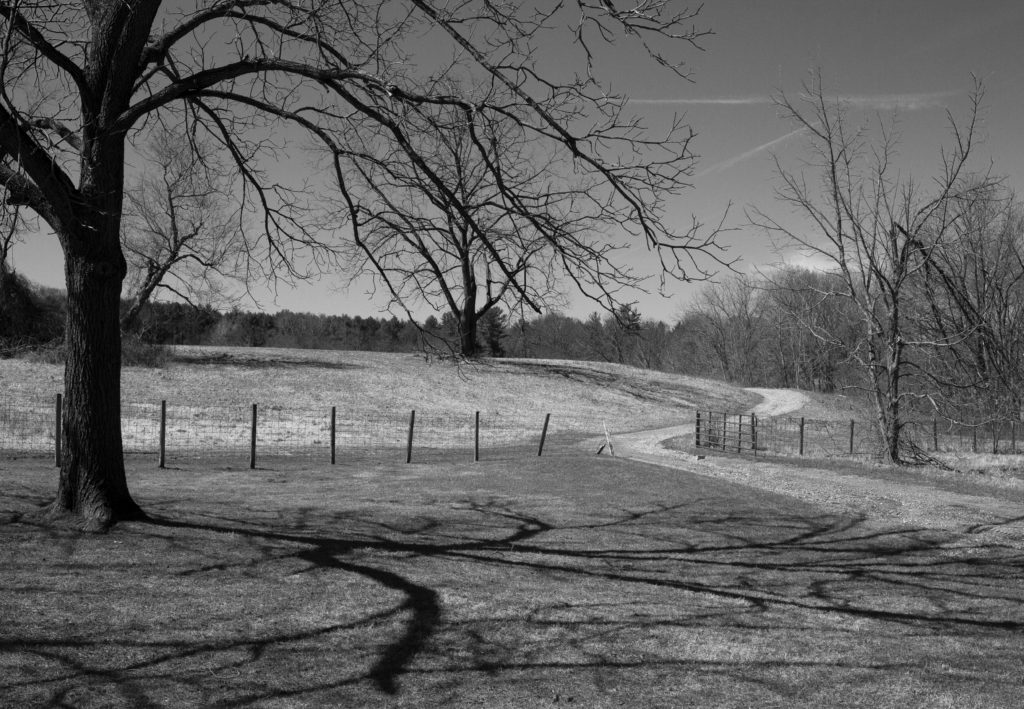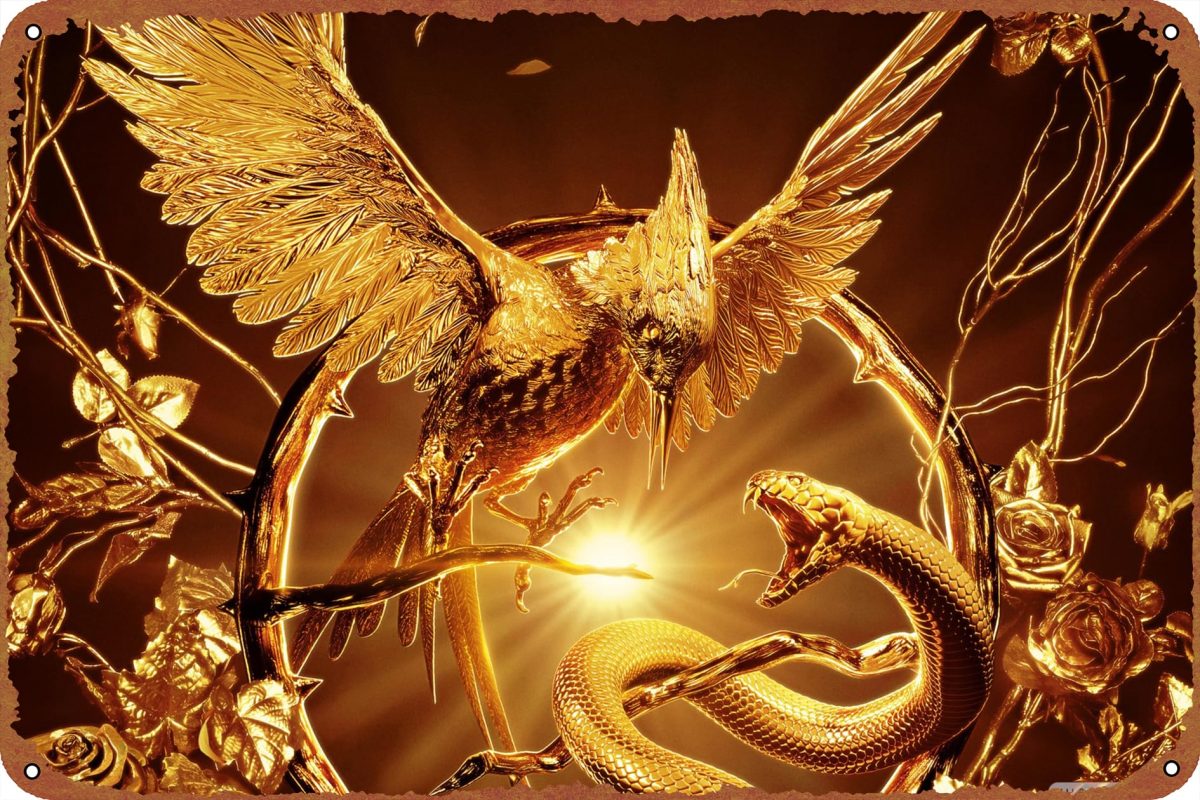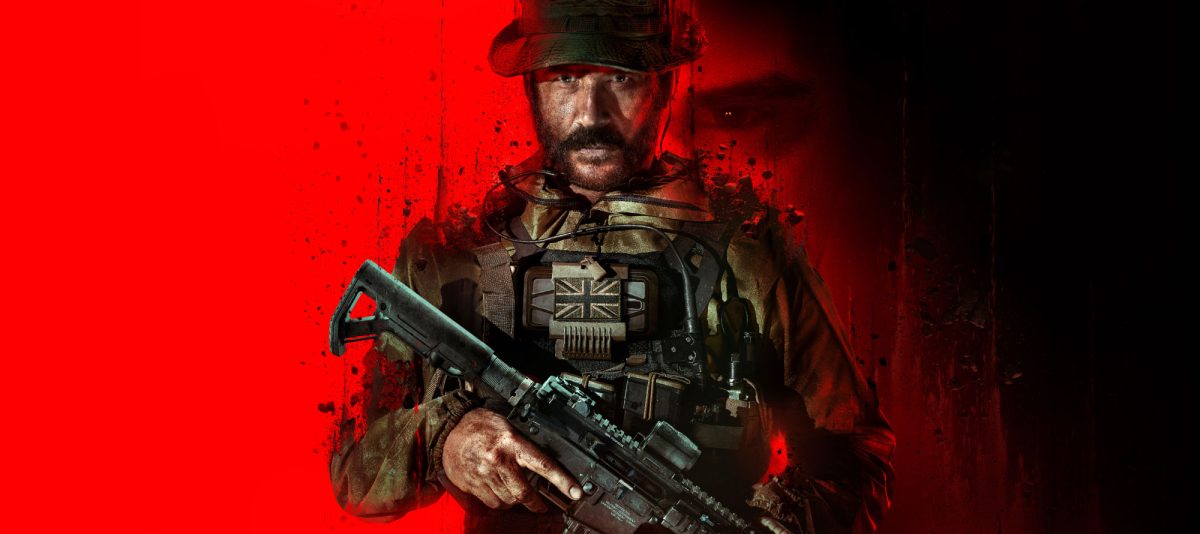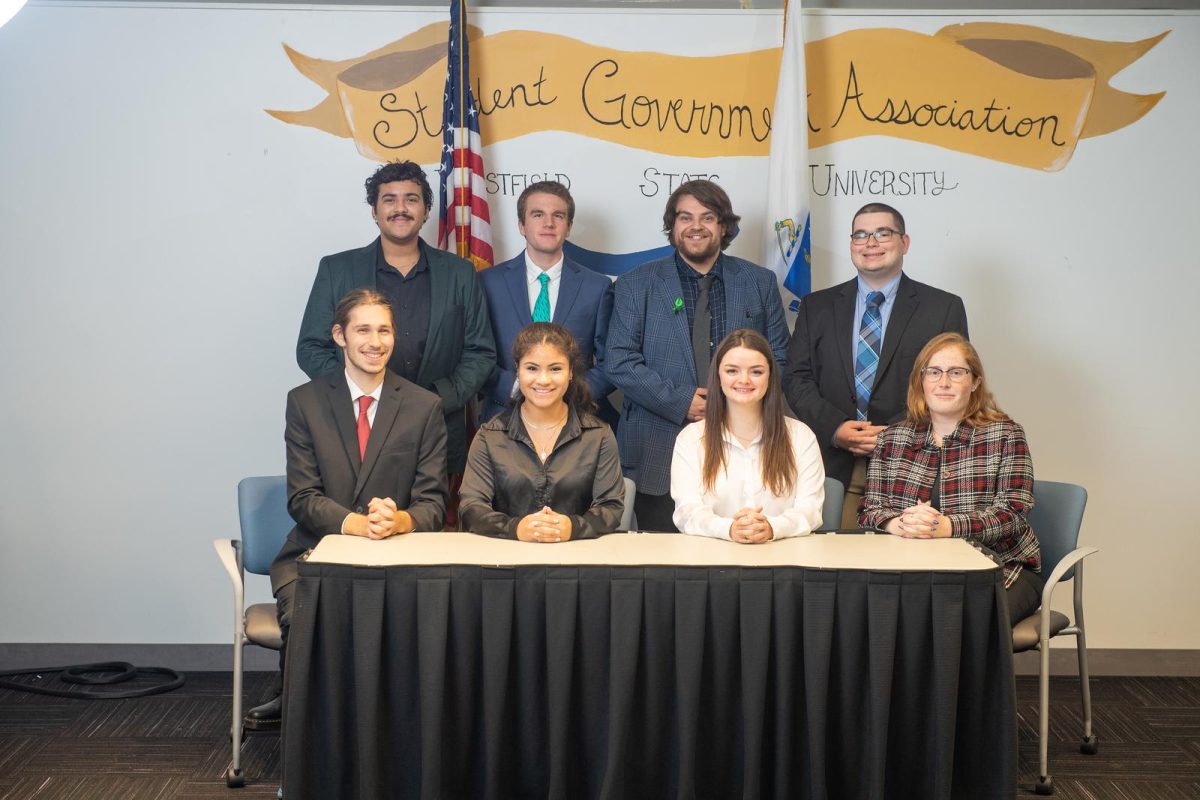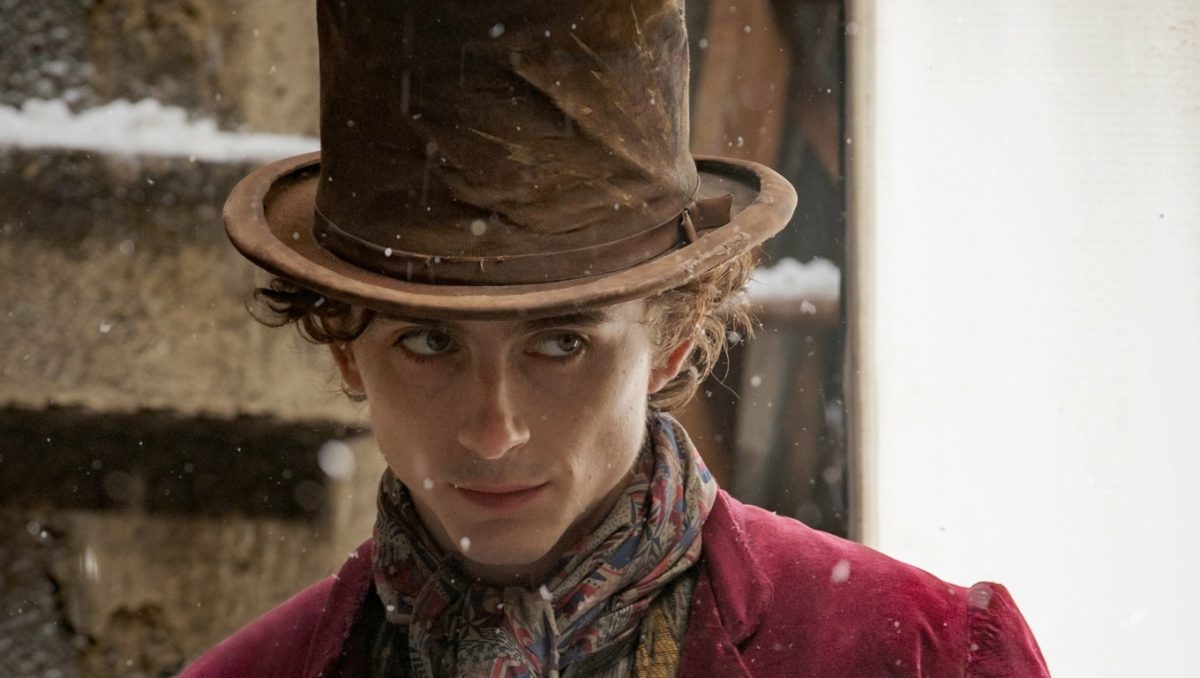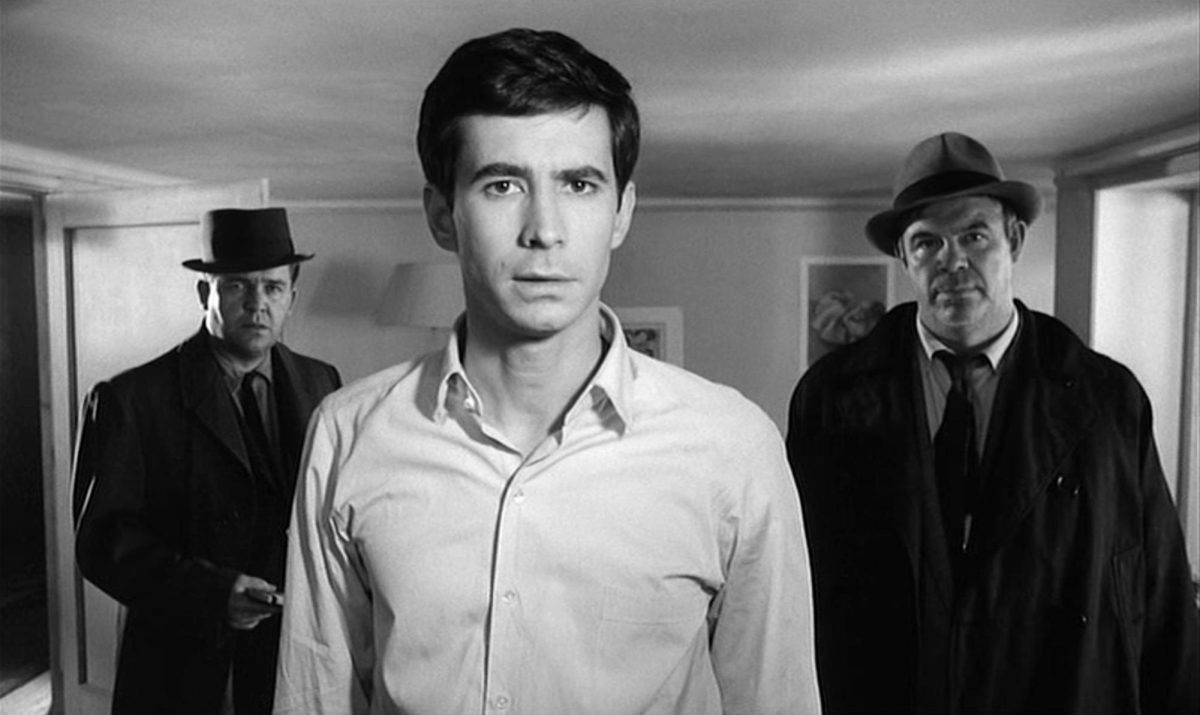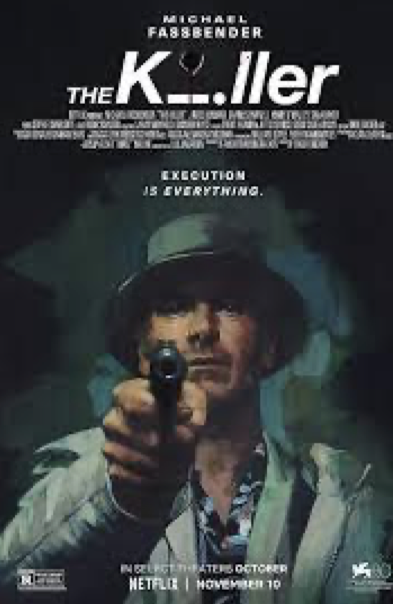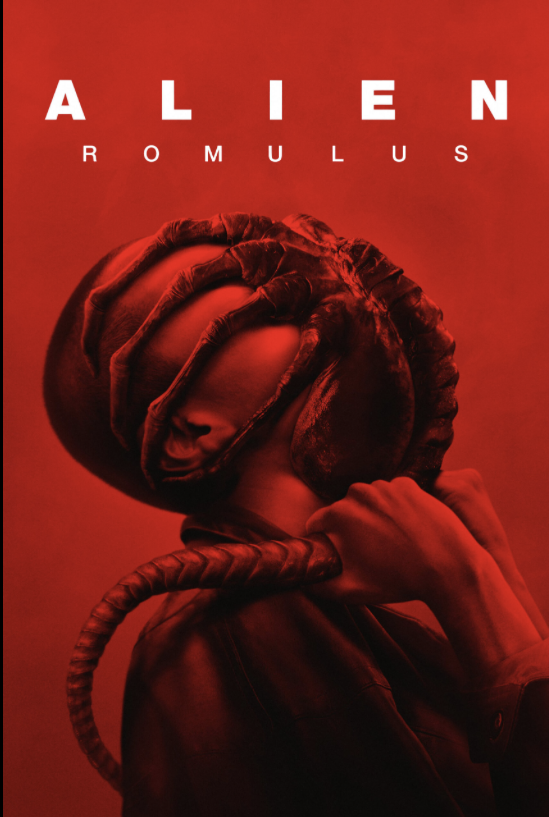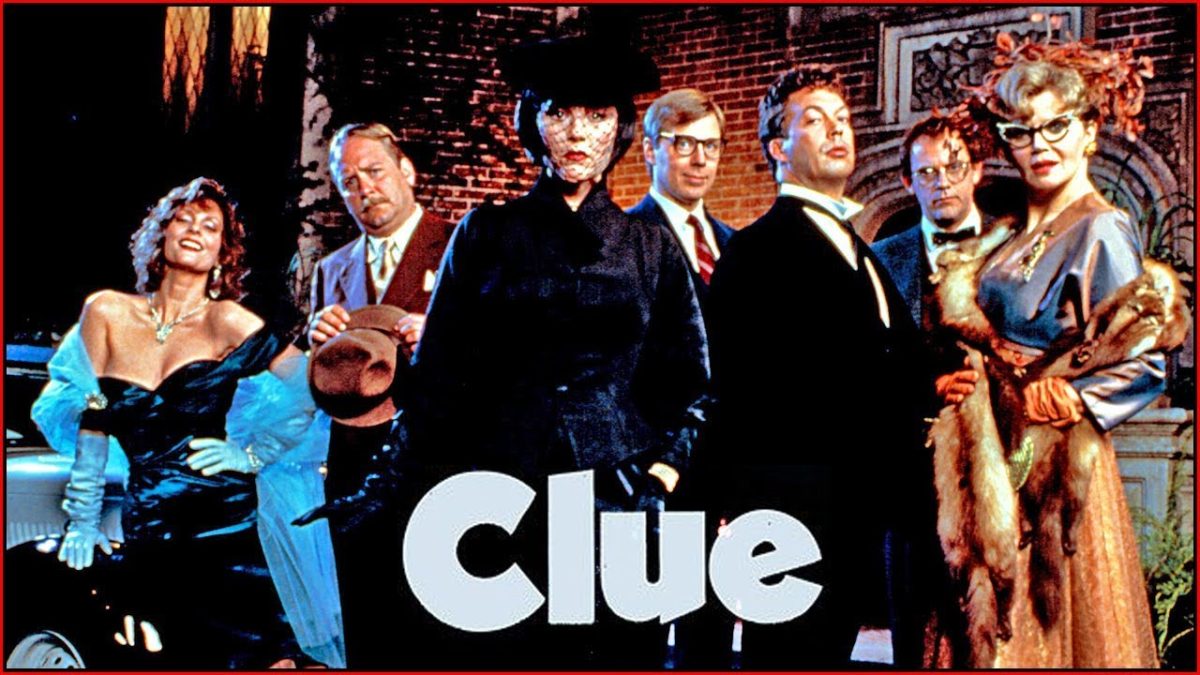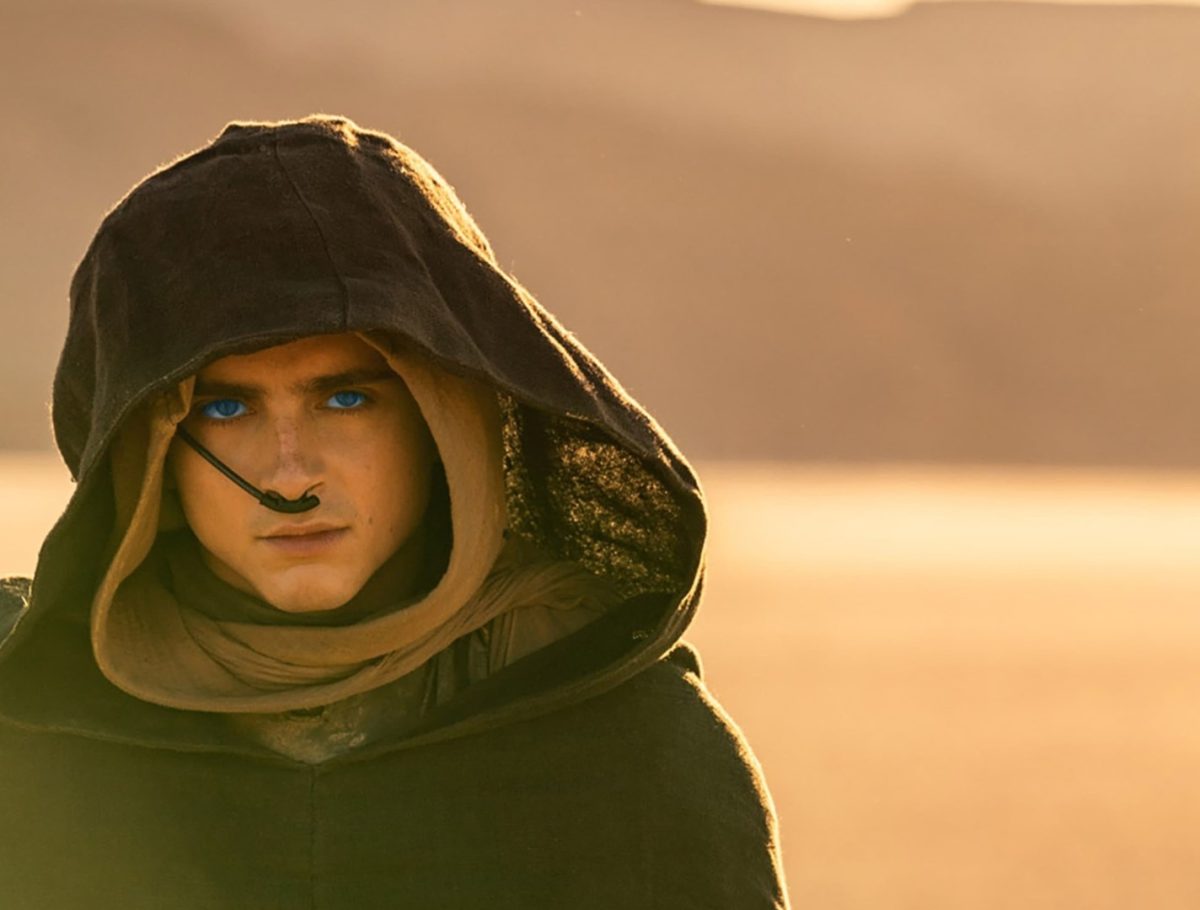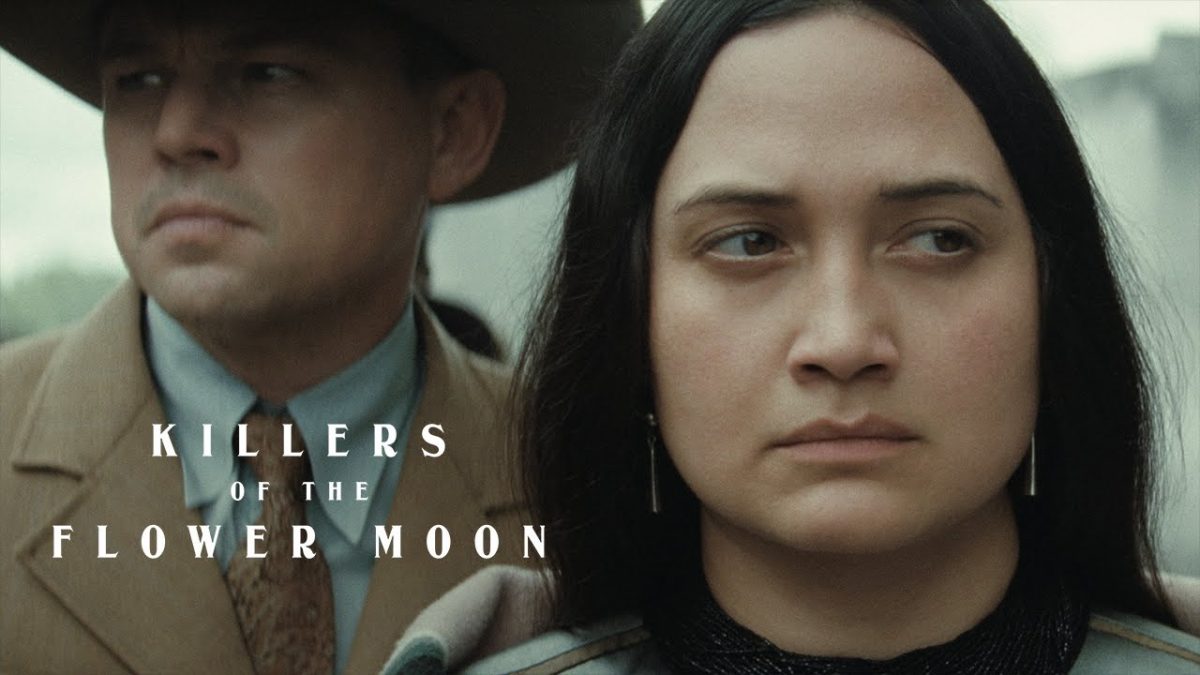As sure as the Hunger Games captivated the nation of Panem, The Hunger Games: The Ballad of Songbirds & Snakes will entrance audiences all over our world.
The Ballad of Songbirds & Snakes is based off of Suzanne Collins’ novel of the same name that serves as a prequel to the Hunger Games trilogy. Set 66 years before the events of The Hunger Games, the story follows Coriolanus Snow, a young and enterprising student of the Capitol who later becomes the President of Panem.
Tom Blyth’s depiction of Coriolanus Snow was tremendously nuanced, with brilliantly delivered subtle microexpressions and phrases loaded with underlying meaning that hint at his silver-tongued and deceitful nature, and his classically handsome grooming and careful voice made him the perfect candidate for the future President of Panem that we’ve all come to know and hate.
Perhaps even more striking was Rachel Zegler’s portrayal of Lucy Gray Baird, an incredibly determined and dangerously free-spirited young woman of the Covey people, a traveling group of musicians passing through District 12. Her clear, bright singing voice was equally entrancing for members of Panem, Coriolanus, and anyone watching her on the silver screen. Her simplicity and cleverness were a stunning foil to Coriolanus’s cynicism and cunning, and you couldn’t help but want to take her hand and be pulled along for the ride.
Aside from the obvious achievements of the leads, the side characters provided a great deal of variety in personality and tone. Peter Dinklage carried the weight of the Capitol’s regret as Dean Casca Highbottom, with convincing gulps of the drug morphling to spare, and Viola Davis’s Dr. Volumnia Gaul was equal parts unnerving and brilliant surrounded by her various pets and projects. Perhaps the highlight of the side characters, however, was Jason Scwartzman’s Lucretius “Lucky” Flickerman, whose witty quips and humorous mannerisms provided much-needed comic relief in an otherwise solemn film.
One element that would have taken this film from good to great was quickening the pacing. While there were fights and scuffles and intriguing subplots taking place, there were also some long stretches of dialogue or events that felt out of place from the rest of the movie. For instance, the scenes in the arena lacked some of the adrenaline and fast-paced action that made the first two Hunger Games movies so successful, and the last 30-45 minutes were stretched out long enough that it almost made the ending less impactful, a comma at the end of a sentence instead of a hard period.
A particularly noteworthy aspect of the film’s success was the astute attention to detail. While some details were unfortunately omitted from the film for timing and pacing’s sake, such as the development of the bond between Coriolanus and Lucy Gray or the nuances of Coriolanus’ relationship with Sejanus, the set and costume more than made up for this deficit. For instance, the sleek, gender-neutral Capitol student uniforms were reminiscent of Roman armor, a subtle nod to both the war-torn setting of this dystopian universe and the Latin roots that Suzanne Collins painstakingly wove into the naming of characters, locations, and minute details of this world.
Similar to the other movies in the Hunger Games trilogy, this film had the most visually stunning depiction of civil unrest I’ve ever seen in a modern film: the clean, clinical rows of in-progress experiments in Dr. Gaul’s lab; the simultaneously shabby and upscale nature of the Snow apartment; and the gloriously green, untouched forests of District 12 all drew the reader into the terror, desperation, and freedom of Coriolanus and Lucy Gray.
James Newton Howard also returned to the Hunger Games franchise with another brilliant soundtrack. Aside from Lucy Gray’s mournful ballads and the return of “The Hanging Tree” that went viral after the release of The Hunger Games: Mockingjay, Part 1, the film’s score was stirring at the moments of heart-wrenching emotion and effectively rousing in the heart-pounding escapades of the arena. Once again, Howard managed to capture everything from the haunted defeat of a damaged world to the feeble, faint whispers of imminent revolution.
In the words of President Snow himself, “it’s the things we love most that destroy us.” And this film is no exception – you’ll love it, but a fair warning: it may cause some emotional devastation.


